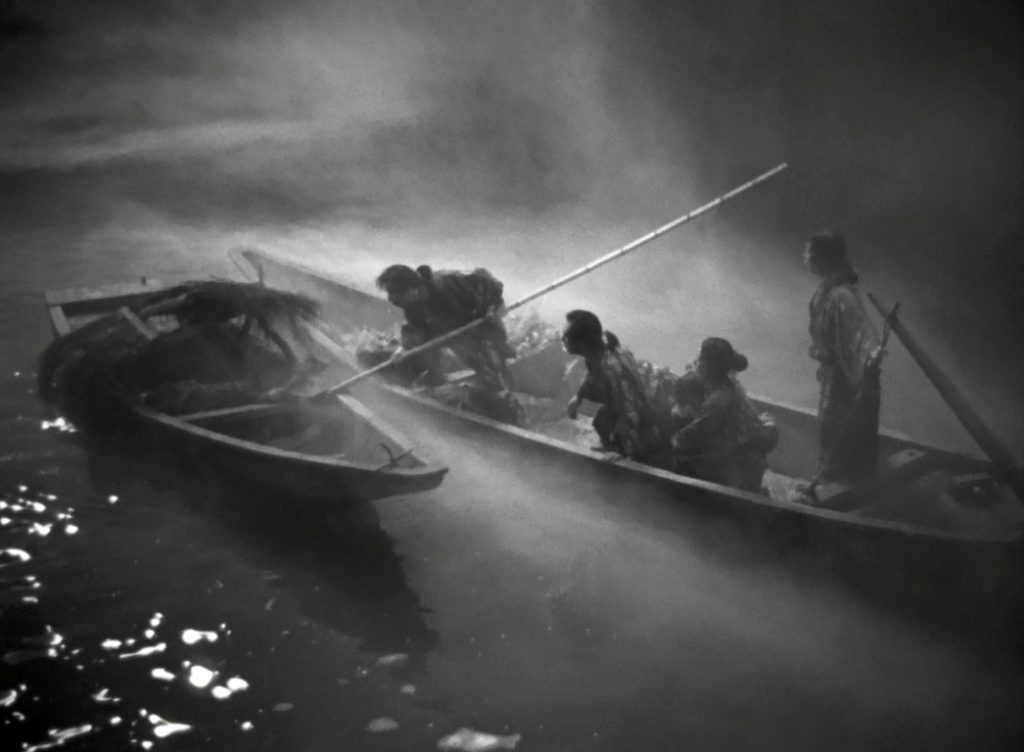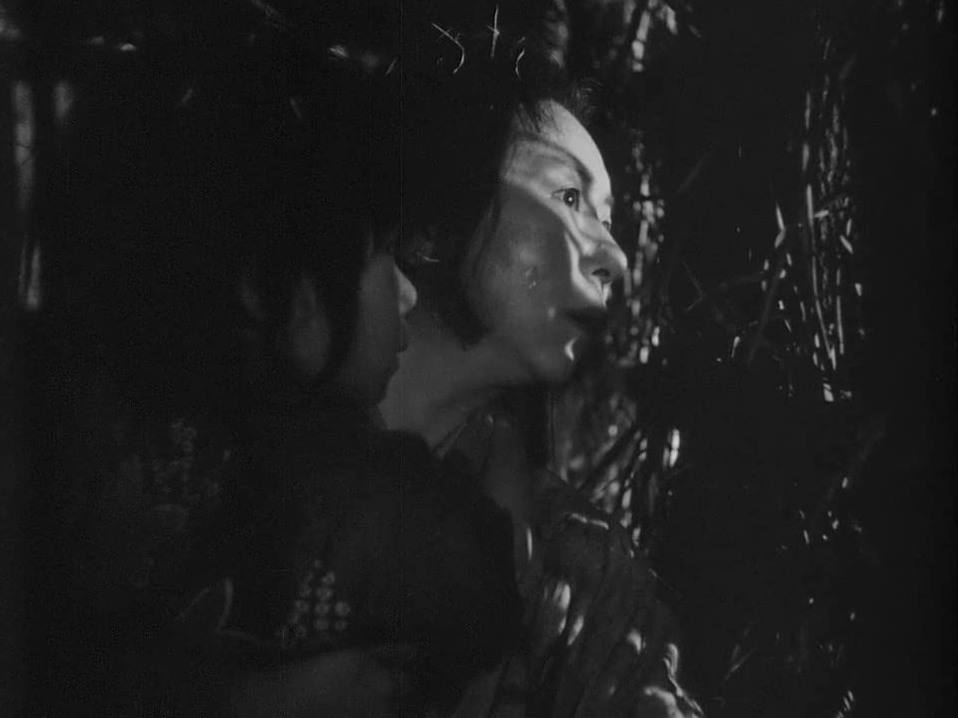
It was a weird time (or maybe still is) when Martin Scorsese’s name was brought up again and again from Marvel stars who didn’t take a liking to his thoughts about superhero movies. Nothing that he said, or what Scarlett Johansson or Tom Holland responded with, were particularly derisive, but there was something in this conversation that implicitly signaled Old Man Yells at Cloud energy, or that Scorsese is someone who could not keep up with the times. I’m certain there are a lot of other directors that harness that energy, but there shouldn’t be a doubt in anyone’s mind that Scorsese loves movies. In fact, if there was a misguided comment in this debacle, it was when Mark Ruffalo suggested that Scorsese create some sort of film endowment project to promote the artistic merit of cinema — perhaps he didn’t realize Scorsese is the founder of The Film Foundation, an organization dedicated to the preservation of lost films around the world.
It’s no business of mine to re-imagine the image of a living legacy, but I think it doesn’t hurt to bring the conversation around to the movies that Scorsese does enjoy. Ugetsu, one of the most renowned works from Japanese director Kenji Mizoguchi, sits in Scorsese’s Top 10 films back in 2014 (the director also helped contribute to its 4k restoration). It’ll be screening at the Harvard Film Archive as part of the ongoing program KINUYO TANAKA — ACTRESS, DIRECTOR, PIONEER. The 1953 film was one of the last collaborative works between Tanaka and Mizoguchi, who had infamously tried to block her from directing when she wanted to work on her first project, Love Letter (also playing at the HFA). For a man who focused on female protagonists in many of his films, the move was petty, to say the least. As Mizoguchi had directed over a hundred films, Tanaka had acted in at least two hundred. It was thought that Tanaka found empowered to start directing after seeing how the roles of women have expanded and risen. Her post-war visit to America in 1949 where she rubbed elbows with the Hollywood greats may have given her that push (cue the great Bette Davis quote: “I’m the Kinuyo Tanaka of America!”).

If there was ill will between the two, it didn’t show in Tanaka’s role as Miyagi in Ugetsu. Her character is the devoted wife of Genjuro (Masayuki Mori), the mother of Genichi, and the moral compass of Ugetsu. In opposition to the propaganda that Mizoguchi was enforced to supply in The 47 Ronin, this film plays to the collapsing ruins of war. Taking place in the late 16th century during civil unrest in Japan, sins of violence and lawlessness pervade the defenseless countryside, particularly in the village of Omi where Miyagi and her family reside. Greed poisons Genjuro and his neighbor Tobei (Eitaro Ozawa) in different ways; Genjuro is concerned with making profits off his pottery despite the dangers (he even runs back to his raided village to make sure that the fire in his kiln has not gone out) and Tobei is blindly enamored with becoming a samurai. Miyagi and Tobei’s wife Ohama (Mitsuko Mito) are subject to the negligence and narrowness of their husbands’ desires and are effectively abandoned by them (though Genjuro does it in an intended noble fashion while Tobei mimics a sort of shameful rodent-grabbing-cheese getaway). Though more of the screen time is dedicated to the moral lessons learned by these men, each character is cemented with a certain purpose predestined by Mizoguchi’s vision.
There are two mirroring worlds in Ugetsu: the realities of human pain and the dreamlike quality of cinema. The film depicts the haunting nature of survival and unpredictable fates in mesmerizing, steady shots. As the two couples escape on a boat, Mizoguchi is able to illustrate the fear of the unknown by the blanketing fog and black sky. The lighting has a way of concealing the characters’ motives and future mistakes, where black and white doesn’t begin to cover the gray moral areas that they are about to traipse on. If we thought the movie was solely about making it through the war, this famous scene helps mythologize the story (and indeed, Ugetsu was written from combining two old Japanese fables) into a journey about man’s culpabilities. Even with the ghostly presences here and there, Ugetsu speaks to the familiar succumbing to temptation found in humanity. My personal favorite scene: when Genjuro discovers that the mistress in the manor is not what she seems, he grabs a sword to fend off the woman. There is a moment where he falls backwards and knocks over a candle, which allows darkness to obscure the majority of the frame. What we still see: a scared man wildly slashing at the camera — and facing the darkness that has come to overtake him.
Ugetsu was a window to a few historical landmarks for the country: the introduction of “Westernized” Japanese cinema in the mid-’50s that received international attention and a contribution to the country’s filmography steeped in the long-lasting consequences of war (I’m reminded of Hausu director Nobuhiko Obayashi’s adventurous last stand Labyrinth of Cinema, released in 2019), and the marriage of cinematic techniques and storytelling. Ugetsu is a commitment to craft, in which Mizoguchi carefully composes each frame for provocation, digestion, and memory. Permitted by the word of Scorsese, watching Ugetsu is a necessary primer to the world of film.
Ugetsu
1953
dir. Kenji Mizoguchi
96 min.
Screening on 35mm at Harvard Film Archive Monday, 1/23, 7:00pm, and Saturday, 1/27, 9:00pm
Part of the series: Kinuyo Tanaka – Actress, Director, Pioneer

